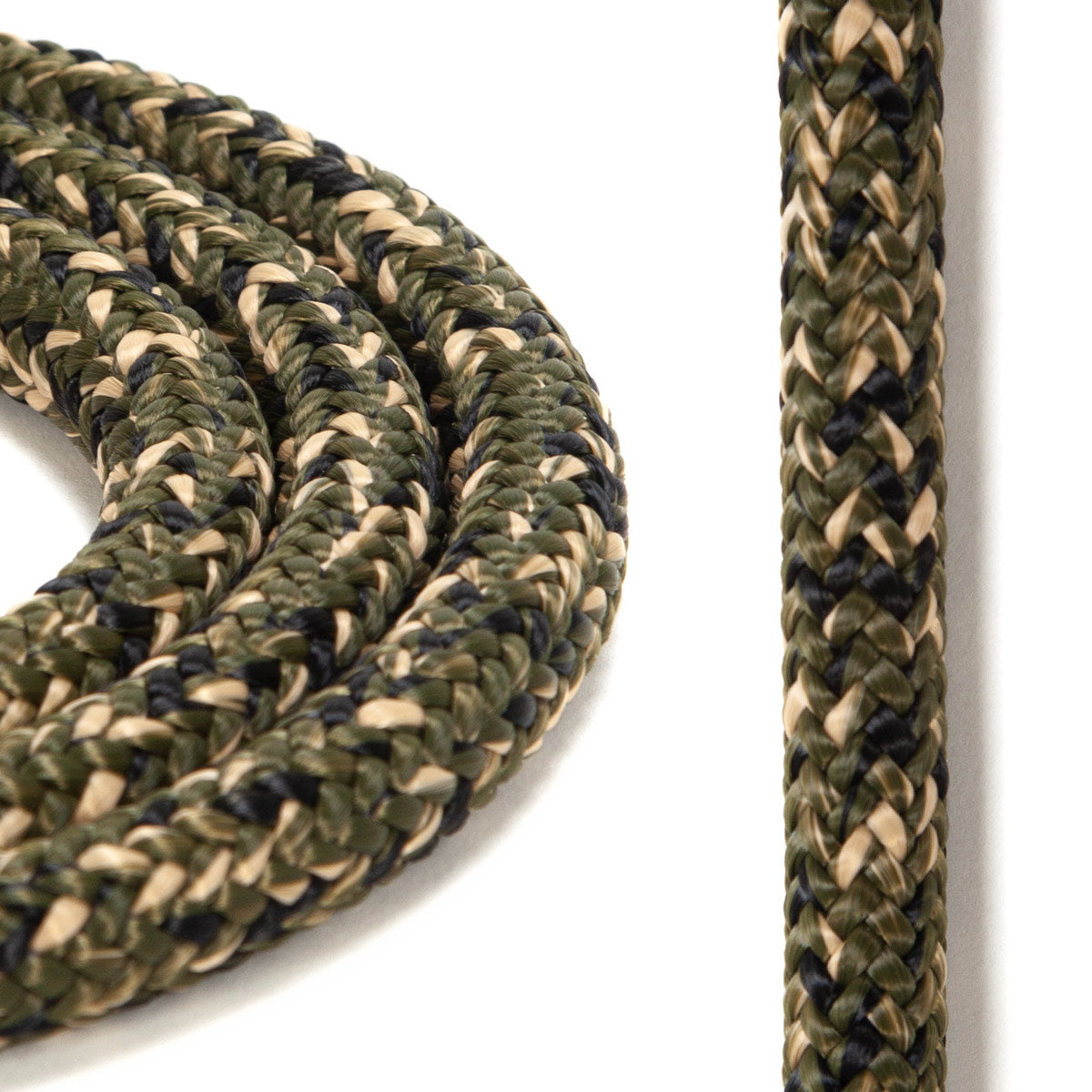2TC looks tough, and some folks find it difficult or impossible, but to me it is very easy once I learned the technique. 2TC works great on the millions of straight limbless pines and younger oaks we have around here. I got into DRT a couple of years ago and really wanted it to work for me. I loved to climb DRT and still do. Remember those millions of straight limbless trees I just mentioned, lol. They were not so enthusiastic about DRT. Where I hunt it just was not a good way to get in a tree to hunt. I found I was spending my time looking for a good DRT tree and not the best tree to kill a deer out of. If you have the right trees for it, DRT is a great system.
Paracord presets are the way to go. You won't be throwing a throwball in the dark successfully. Also, if you have a 75 foot DRT rope, precut your paracord into 65 to 70 foot lengths. This way when you preset a tree you will know if that 70 foot paracord loop will work over your intended branch or crotch that you will have enough climbing rope to climb the tree. It takes at least 5 feet of rope to tie the Blakes hitch and a tail with stopper knot. Nothing is more frustrating that pulling your rope over a limb just before a hunt and realizing you don't have enough rope to climb.
Ropes. The Sampson Predator is a great rope for DRT. It is 11.4mm and has what they call "good hand" meaning it is well suited to tying knots. Some rope is very stiff and does not tie well. The 11.4mm Bluewater Static line is one of those. I use it for a tether, but I don't think I would want to try DRT with it. I have a shorter practice rope (56 ft) that is 16 strand Arbormaster in the red, white and black color scheme. It is 12mm and is a great rope for DRT.
16-Strand Tree Climbing Rope || WesSpur Tree Equipment
My 56 foot practice rope will get me to 20 feet but it is usually too short to try to hunt off of going into an unknown real world hunting situation. If I were going to try to make DRT work for me again, I would opt for at least 100 feet of Predator, and maybe 120 feet. Here, the load bearing limbs start at over 40 feet most times and that is a no go with 75 feet of rope. For DRT, in my opinion, you want a larger diameter rope like 11.4 to 12mm.
The big learning curve with DRT is not necessarily tying the Blakes hitch, or the hip thrust movements. To me it was mastering the throwball. Scott, the tall arborist guy on the New York Saddler Hunter channel commented that you either hit your mark on the 1st or 51st try and he was spot on. I have walked away from trees several times after trying to hit a limb or crotch with 30 plus throws. Another lesson I learned is that you will probably want a regular tether as well as the climbing rope, The reason is to use the tether as a redirect to put you where you want to be on the tree and not where the limb you climber on put you. New York saddle hunters have a video on this too.
Don't get discouraged. Just realize that there is a good bit to making DRT work. If you have the right kind of trees, learn the throwball, and learn to tie the Blake's well, then it should work for you. The main thing is to be safe. Practice low and slow.



